Episode 40 - A Story of AI Friends

Holly’s AI Story: How It Started, How It's Going: A Story of AI Friends
Prologue
The other day, Christopher and I were talking about newsletter ideas. Some of these, of course, involve app development, complex data analysis, and understanding exactly how AI models retrieve information. I had a different idea, though: talking about all of the different ways I used AI in just one day—and explaining how we got here.
Come along, dear reader, on this journey.
This is a list of all the times my life intersected with AI yesterday. I’ll note that there was nothing particularly distinct about yesterday, other than it was the day I had this idea. This is not even a composite of different days; it's just a sample of 1.
- One of the first things I did was send a note to Christopher. I had had a late night inspiration, so I sent him a Slack message for an idea for an AI + Thanksgiving experiment. One that is so nerdy and on-point that I think he’s a little mad that he didn’t think of it himself. (Easter egg for a future newsletter!) Okay, so no AI was used in this step, but it definitely is an indication of how much I’ve been thinking about AI.
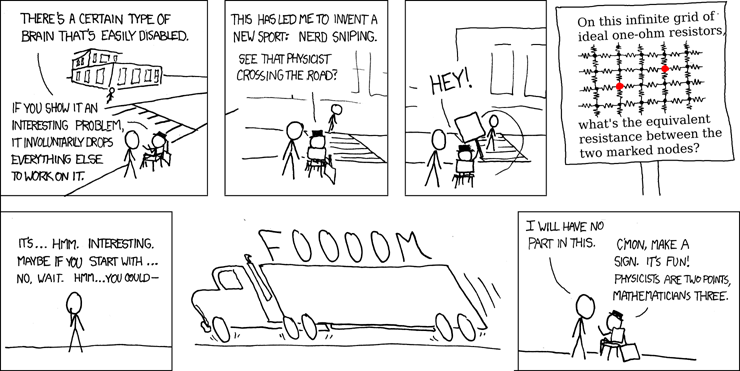
- I used AI to generate and revise copy for a Marketing email. I gave it a previous version, along with some potential content blocks, and went back and forth for a few rounds. (Some of you may have received this email! If you're not on the email list for notifications for Christopher's Tech Office Hours webinars, sign up here!)
- I had AI help with some specific wording on emails related to a job search we're working on.
- I have been involved in a long, back-and-forth conversation with a vendor trying to resolve an issue (okay, it's about a bank fee). I got the most recent email, and I wanted to reset—and just ask the person to have a conversation. I gave an AI the entire exchange to get some feedback on how to respond. My prompt started:
Can you review this conversation with the bank? We have gone off the rails…
(AI agreed that we had, in fact, gone off the rails. I sent a short reply back to ask for a quick conversation.) - I had a draft description (put together with AI assistance last week) of an event that we're working on. I also had a transcript from a meeting with a partner, where we talked about more ideas for the event. I gave AI my original draft plus the meeting transcript, and asked it to update the description to incorporate the new suggestions.
- I used the AI report generator in our project management system to create a report on a specific type of project work in the past year. I didn't have to identify the fields to report on and select the columns to output; I just described in natural language what I wanted to see. And voila! I got what I needed.
- Late in the day, I got a text from a friend, which referenced another friend of ours. Only, her autocorrect had somehow turned our friend's name in "Antimatter." First, I laughed. Second, I asked AI to generate an image for a superhero named Antimatter. I gave it a photo of my friend and a few details, and it did not disappoint. (Pro-tip: sign on to support your boss's AI newsletter, and that way, when you are messing around making superhero images, you can still justifiably call that "work.")
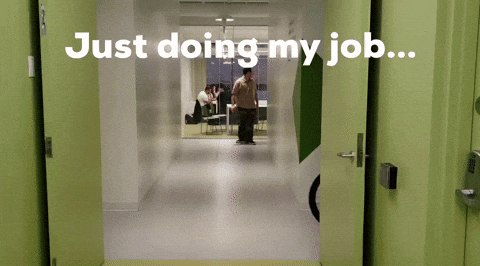
You might be saying “NERD ALERT.” You might be saying, oh, surely you must be one of those super technical types and also clearly you hate writing and art.
I don’t think I can argue with the nerd part—but, I would say there is more to this tale!
Dashlogue
I looked back in my ChatGPT history to pinpoint when my relationship with AI started. My first message was in January 2024, so it's been nearly 2 years. However, it was very sporadic—I count about 30 conversations in that entire first year (as compared to 5, just yesterday).
Those early conversations are asking it for something specific I was looking for: help writing a specific clause in legalese terms (as a starting point, not confusing ChatGPT with an attorney) or generating an idea for an image (again, as a starting point for graphic design).
Eventually, I started asking for occasional help with writing LinkedIn posts or Marketing emails. And in truth, I really enjoy writing! But I have been known to get stuck (sometimes on the first sentence). I found it helpful to either ask for an AI starting point or, more often, to write a draft and have AI review it. This is when I learned about em dashes.
I know, I know, em dashes have been much maligned on the internet as of late, because “that’s how you know it’s AI generated-content.”
I say, au contraire, reader! I had been using hypens in writing for years, as a way to break up a sentence. I learned from AI that I was doing it wrong! I mean, I wasn’t wrong in breaking up sentences, but the size of the mark (- vs —) and the spacing (space between the words and the punctuation vs no space) were all wrong.
AI literally taught me the proper punctuation. And now I love em dashes, and use them proudly in my human-generated writing. I encourage you—try it out!
My evolution of AI use:
For the first 18 months or so, my AI usage looks like this:
- Specific types of writing
- Generating images for design ideas
- Extremely basic coding (starting with when Christopher had me do an experiment on Disposable Apps)
- Basic advice on tasks related to my job - job descriptions, contract reviews, navigating partnerships
Somewhere in the last 4 months or so, I’ve experienced a distinct shift—gradually, and then all at once. Instead of going to AI as an afterthought, it has absolutely been a go-to tool for me to check in with first. I use it to help me clarify my wording in a lot of my communication. I use it to generate marketing content as part of an overall strategy, not thinking about each individual LinkedIn post as a one-off. Recently, I gave it some transcripts of candidate screenings and asked for feedback on what I could do better as an interviewer. I’ve used it to do research on things like what credit cards have the best travel rewards (for personal interest) and how to stop getting so many spam calls on our company phone line (for work interest).
I don’t think using AI to help with writing has made me a worse writer—rather the opposite. And, I don’t hate art! (In fact, there’s a whole other post about using AI image generators AND a human designer to create a book cover. Check it out!)
I was not a super high-tech early adopter. I have learned the most about using AI just from trial and error. Of course, helping with this newsletter has helped me a lot in this area.
AI: It’s not just for super nerds!
So, what’s my point in all of this? For me, I wanted to highlight how there are so many everyday uses for these tools. Of course, in this newsletter and in our work at dymaptic, we are often leaning into the super technical applications—using AI to automate complex processes or sift through data or solve difficult problems. And, if you’re a subscriber to this newsletter, hopefully you’re interested in those things, or can at least see the benefits.
But, I know there are others, coming from a similar perspective as me. Those who might not know the difference between JavaScript and C# or how, exactly, to build an app. And those who feel like they are way too far behind on the AI game. I’m here to tell you that you’re not too far behind!
Two years ago, I sent my first ChatGPT message. Yesterday, I used AI five or six times without thinking twice about it.
Whether you're using AI daily, or you're still looking at ChatGPT with suspicion—that's okay. There's no right pace. But I will say: for me, the moment it stopped feeling like a novelty tool and started feeling like a thinking partner, that's when things got way more interesting.
If you want to up your AI game, start small—ask it to review an email, help you brainstorm, or explain something you're curious about. Then come tell us about it—Christopher and I want to hear what you discover, because honestly, there’s still so much to learn.
Note: When I say AI, I generally mean either ChatGPT or Claude. I use the business plans on both tools, which has specific T&C about how your data is used. I also use an AI notetaker that transcribes meetings and provides notes.
Newsologue
Oh no, Christopher is trusting me to do the news this week too!
- A woman asked ChatGPT to help her pick winning lotto numbers. She won, and is giving away all her winnings!
- Google launches their new image generator, Nano Banana Pro. (I haven’t tried it, but I appreciate their commitment to absolute nonsense in naming conventions.)
- The internet is not impressed with Coca Cola’s newest AI-created holiday commercial. Need a conversation topic over your holiday dinners? Bring up this ad and see what happens!
Epilogue
I, Holly, wrote this post. Initially, I had a few ideas floating around in my head, jotted some notes on my phone, and then sat down at a coffee shop and wrote it out. Then, I gave it to Claude with some context and specific directions:
I am writing a guest post about my perspective on AI. Can you review this and give me some feedback? I want it to be interesting and relatable. I am afraid some parts are repetitive. Do not rewrite it, just give me suggestions.
Claude gave me some notes, and I took some and ignored some. It was most helpful in suggestions for shaping the end into a real conclusion. And then, I turned it over to Christopher for human-editing.
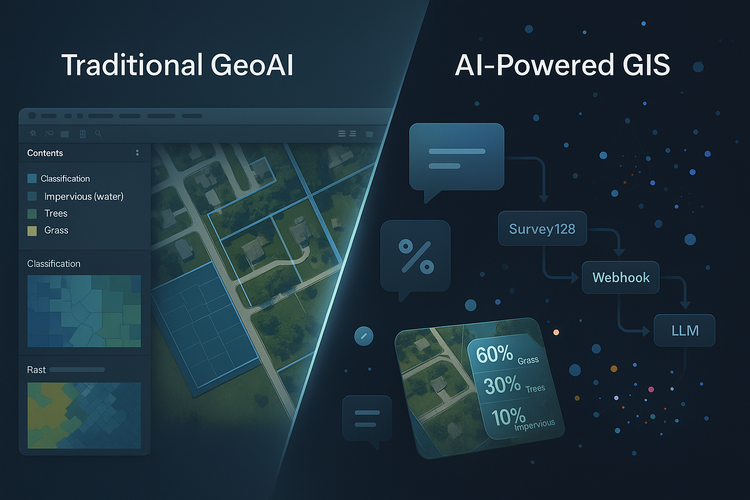
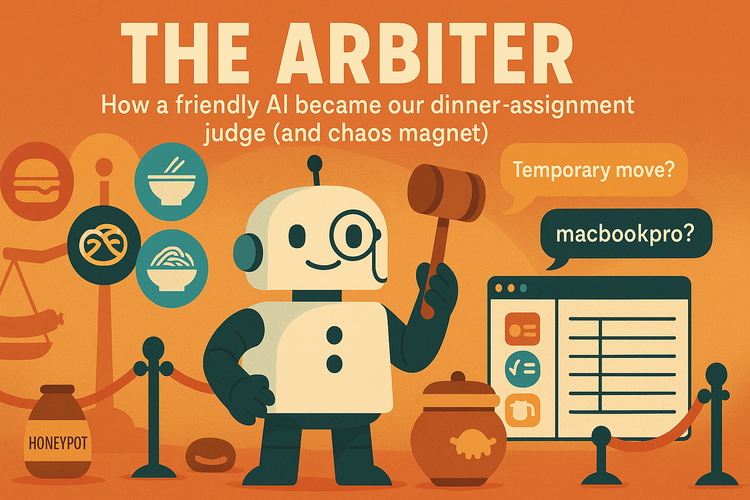
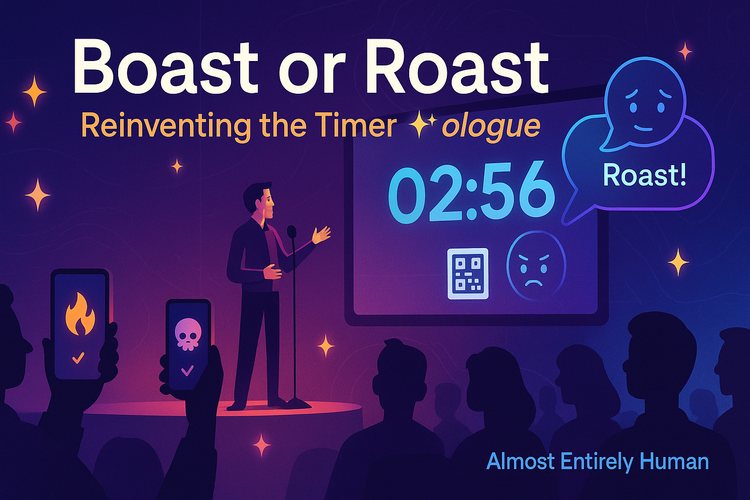

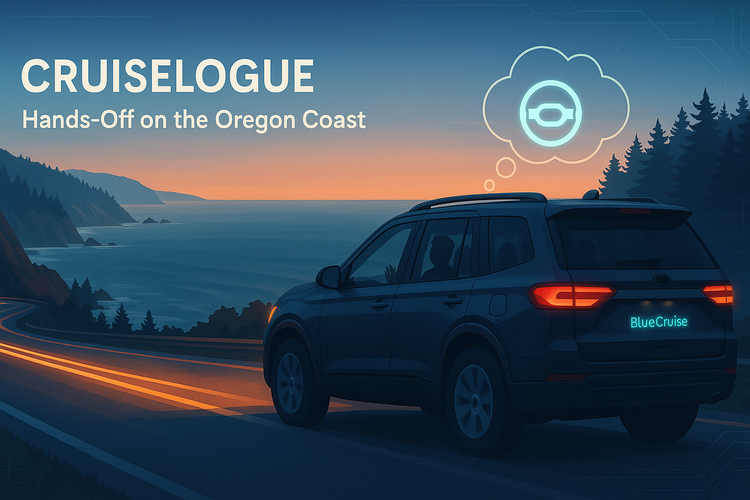
Member discussion